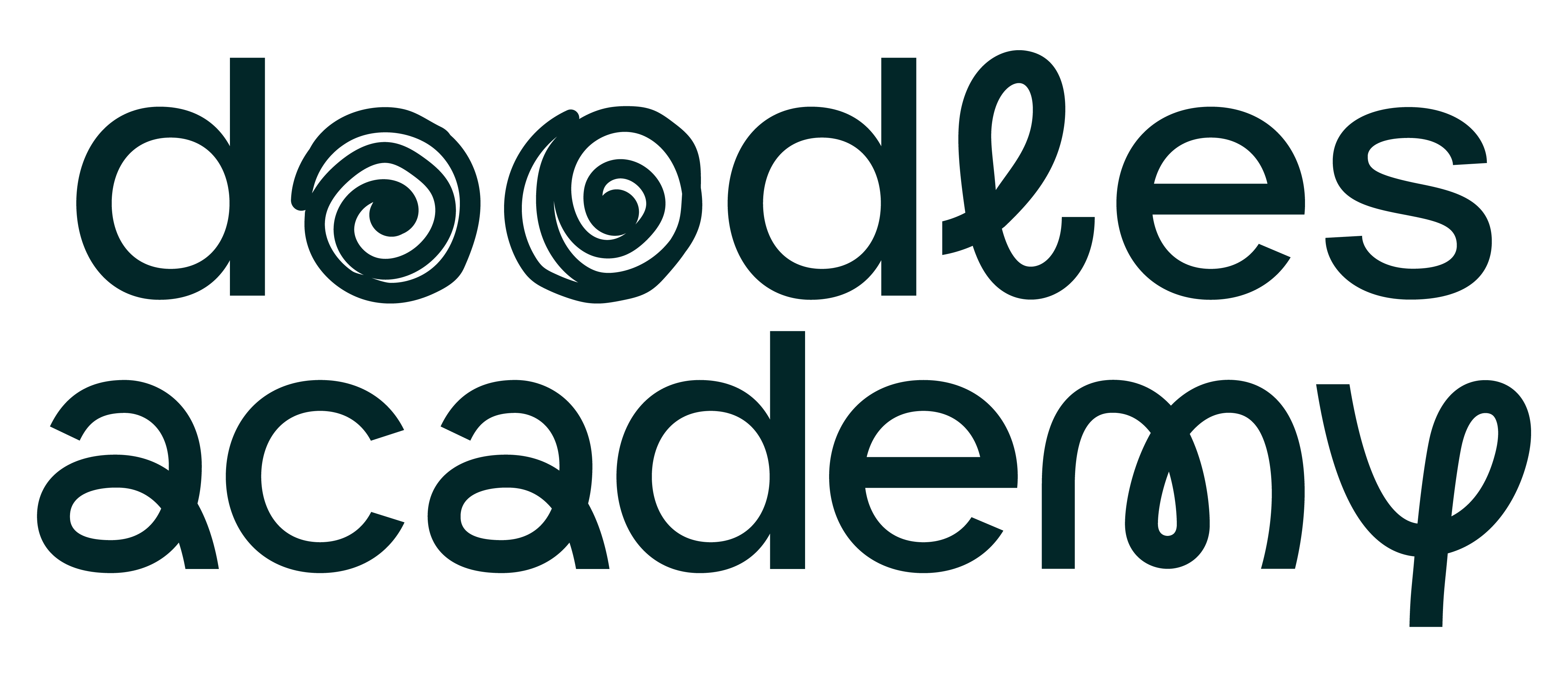Back to: Symbol & Self. (upper grades)
Overview:
In this lesson, students find pictures of things that represent them metaphorically and trace them onto a piece of tracing paper.
Students will be able to:
- understand that objects can stand as a symbol for something else.
- trace the contours of the object.
Setup:

Students will be working independently.

Have materials set up in a way that is easy to pass out, see, and select from.
Materials:
- Tracing Paper
- Magazines
- Pens
- Masking Tape
Media:
-
A large selection and variety of books w/pictures for students to look through and trace—look for books that address your student’s interests (machinery, animals, cooking, etc.). These can be borrowed from the library or borrowed from classroom teachers.
Handouts & Photocopies:
- N/A
Lesson 1
10M, INSPIRATION IMAGE
LOOK AND DISCUSS AN ART PIECE THAT INTRODUCES SOME OF THE LESSON CONCEPTS
Project the inspiration image where students can see it. Give students a moment to study it silently, then begin a brief discussion with the phrase, “What can we find?”. Paraphrase what students say for the benefit of the class, being careful to remain neutral, then ask “What else can we find?”. Alternately, allow them to draw or write what they notice on a blank piece of paper or in a sketchbook.
- Teri Greeves, Beaded High Tops
- Both in the past and today, many Native American artists create and bead moccasins. Greeves takes the art of beadwork and applys it to a popular, contemporary type of shoe. The materials that she uses are very symbolic and references both the history of Native American people, and pop culture.
Note on using the information above: As your students participate in a conversation around this artwork, it may occasionally be helpful to provide them with additional or contextual information. This information can and should be imparted at the teacher’s discretion.
The point of this discussion time is to have students learn and add onto each other’s thoughts. By remaining neutral and simply repeating what students say you allow students to do the heavy mental lifting and also create an environment where there is no wrong answer, fostering creativity and mental risk-taking.
5M, INTRODUCTION VIDEO
WATCH THE INTRODUCTION VIDEO & CHECK FOR UNDERSTANDING
Check for understanding by asking, “Who was listening closely that can sum up what we are doing today?” Make sure that student artists can list all the steps and clarify anything that needs clarifying.
20-25M, WORKTIME
FOCUS ON ATTACHING STORIES AND MEANING TO OBJECTS
The students work independently on their work as the teacher circulates. Foster strong work habits by commenting on student artists who are focused on their work as well as student artist who seems be pushing themselves to try new things.
At this point, the focus of the class period should be getting student artists thinking about how their objects represent different parts of themselves; as the teacher circulates, s/he should ask them to tell her the stories or the meanings behind the objects they have chosen to trace. If the pages are slippery with the tracing paper, hand out masking tape to keep the tracing paper in place.
5-10M, CLEAN-UP/PRESENTATIONS
STUDENTS PRESENT WORKS IN PROGRESS AND DISCUSS THE ARTISTIC DECISIONS THAT THEY MADE
Sharing should work as follows:
- Student stands by their work. A teacher should hold it, or place it on an easel.
- The student presents their work, answering What they made, How they made it, and Why they made the decisions that they did. When they are done they ask, “Any comments or questions?” and can take responses from the audience.
- A note on responses: it is o.k. if an audience member questions or wants clarification from the artist. It is also o.k. if an audience member makes suggestions. But it must be done in a kind, thoughtful, and respectful way.
- Always end the conversation by asking the class to give the artist a compliment.
Depending on the teacher’s style of classroom management, it might be helpful to only choose and train a few kids to clean. The rest of the class can be busy with the presentation. Make sure to train these helpers well in advance so that you aren’t left with a messy room.
Clean-up times will vary with materials; get to know your class and allow 5-10 minutes depending on how efficient they are and whether or not the material was messy.
ANTICIPATED PROBLEMS
-
If a student is having a hard time making the connection between objects and meaning and is getting frustrated with the exercise, have him or her simply trace things that appeal to them. Leave them to this, and when you return to them ask them to tell you what they liked about certain aspects, then continue questioning from there. Imbue meaning in the symbols as you talk with them so they begin to understand that the objects are symbolic completely upon their interpretation.
EARLY FINISHERS
Give early finishers another sheet of tracing paper. Or, if they are sick of tracing, give them a blank sheet of paper and encourage them to write down what the symbols mean to them.
This project is free to access, but after the first lesson, you will have to create a free account and enroll in the course. After you create an account and enroll, the project can be accessed from the ‘artroom’ tab at the top of the page.
